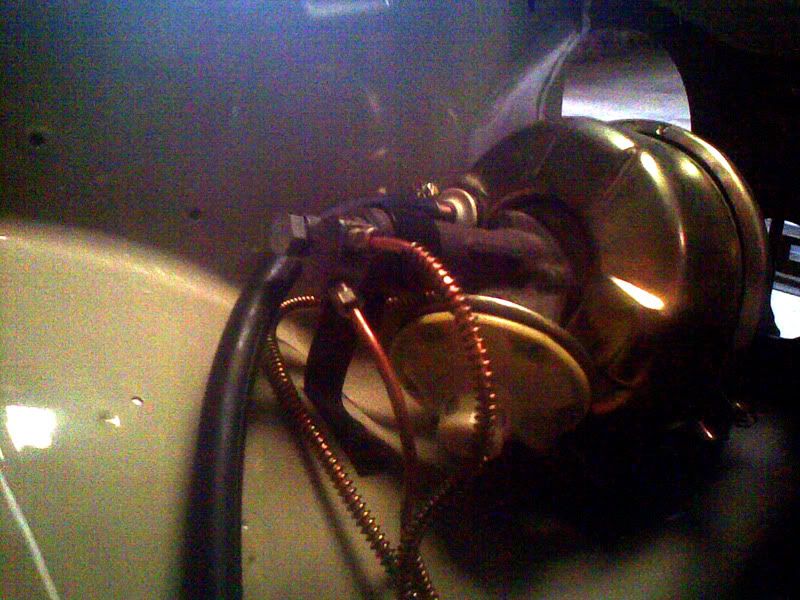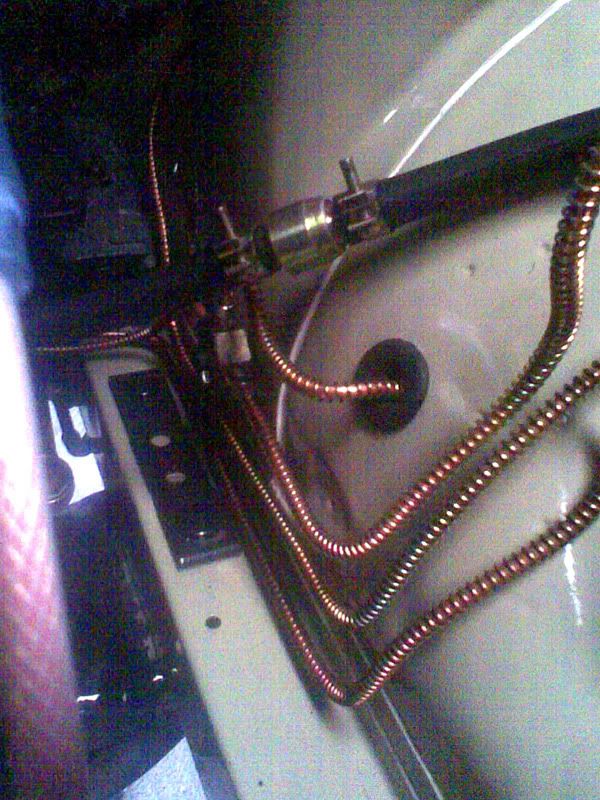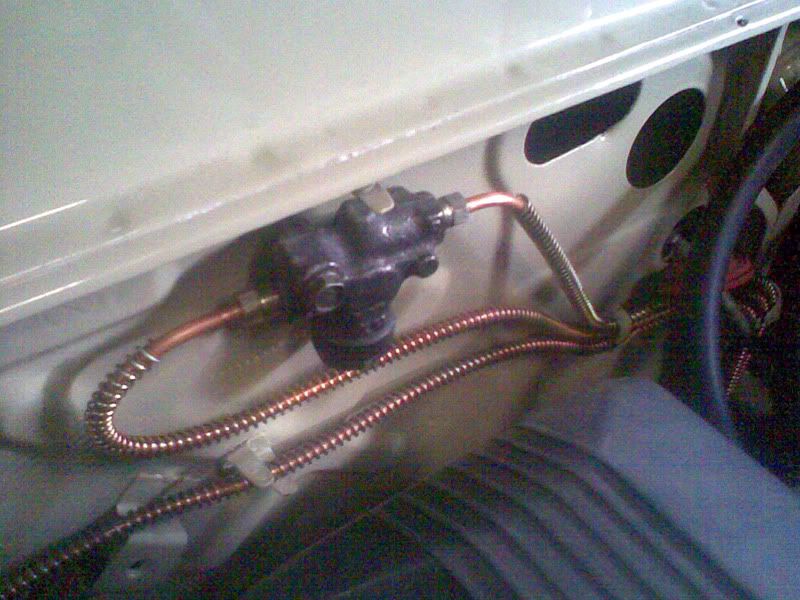Old-School Tuning in the 21st Century Part 6
Part 6: Lighting systems
Think of lights as a safety feature. A lot of people take this for granted but if you are used to driving a car with good lights you can't do without. Like with everything else the the basics should be good first; quality headlamps or bulbs. Then auxiliary lights can be added should more light power be needed.
Let's start with the head light lights. Most old-school cars will come with some form of sealed beam headlamp. Coming from the days predating modern halogen light technology, little can be done to improve the performance of a sealed beam headlight. Good electrical connections will ensure a steady output but don't expect much. Almost all sealed beam headlights can be converted to a halogen H4 system using a conversion kit. This comes with a new housing, lens and reflector designed to work with any H4 halogen bulb that gives superior range and brightness vs a sealed beam light. The conversion kit will bolt on with no modifications. The conversion kits span a wide range of prices, but I would suggest investing in a good quality branded unit from a know light manufacturer. I used a 7 inch Hella h4 conversion kit for the '79 Lancer with an integral park light assembly. Pair this with a relay system to ensure the lights get constant juice and a ceramic H4 socket to allow the use of high wattage H4 bulbs and you'll have a good solid lighting system. Those on a budget with cars equipped with similar 7 inch round headlights can take advantage of the fact that several modern cars use a round H4 headlight which can be sourced at your friendly local surplus shop. Quite a number of Light Kei Trucks (or Multicabs as they are called here) as well as early model Japan spec. Mitsubishi Pajeros and Nissan Patrols that were not equipped with flush mounted headlights have a round H4 that will bolt in place of a round sealed beam just like the aftermarket conversion kits and are available at a fraction of the price.
Once you have a H4 housing, you can choose from a wide array of H4 halogen bulbs. These range from stock spec lights all the way to HID bulbs. Literally there are hundreds of different combinations of light temperature (the color of the light) and wattages to choose from. My personal preference in terms of lights is an All Weather bulb and I use this in all my cars. The All Weather bulb lights up in a yellow violet light and cuts though rain and fog better than standard or white lights. They also offer better color contrast during clear weather. Pure yellow H4 headlights are available which offers even better contrast and foul weather performance, but these can strain the eyes if you are doing a long drive at night.
Good headlights will cover most of our use, but for additional lighting performance and safety a good set of auxiliary lights is also a must. A lot of people generalize all auxiliary lights as 'fog lights' but this is wrong. There are many different lens that give different projection patterns for auxiliary lights. Fog beams are the most common, they spread a bar of light low and wide, usually lower than the low beam of the main headlight to illuminate the area right in front of the car. Driving lights supplement the head lights high beam giving more range. Spot lights give a super long narrow beam of light allowing for maximum reach down the road. A good pair of driving lights or spot lights will allow much safer fast driving in the dark because of enhanced visibility. There are also 'hybrids' of these light patters that offer combinations such as the cornering beam developed for rallying which has some of the range of driving lights but also gives quite a bit of side projection to illuminate corner entrances.
Most light patters come in two lens colors. Normal clear lenses and a yellow tinted lens called selective yellow. These two perform similarly but selective yellow light has a different wave length than white light so it does not reflect back in fog or bad weather.
Auxiliary lights have to be installed properly to prevent them from moving around. I like to use stay bars (also called anti-vibration bars) to hold the tops of the lights steady. They also have to be angled properly to give the best performance. It is also best to install an independent switch for them, with an indicator light in the dash to remind you that they are on. Just like dipping the high beam when faced with on coming traffic, use auxiliary lights properly. Courtesy is very important because, for example, you can really temporarily blind on coming traffic if you're running with selective yellow spot lights turned on while coming at them (Note: they make an excellent weapon against people with HID lamps who don't dip them).
Don't forget the rear. There is also a rear fog light. Bright red this is required by law in most European countries to be a single light mounted at the back on the driver's side of the car. This makes the car more conspicuous during bad weather, making it easier to see and less likely to be hit from behind. Fans of the Mitsubishi Box type Lancer mistakenly refer to this as 'turbo lens' because it was commonly found on Lancer Turbo models.
There is no one best light setup. Choose a combination of lights that matches what type of driving you frequently do.
The '79 Lancer's current setup. Hella Halogen H4 lights, with Osram Super All Weather bulbs. selective Cibie IGM (iode 45) spot lights. I have, over the years tried all sorts of different fog and driving lights but I have found this setup to be best matched to the driving I do.
The '79 Lancer is also equipped with a single rear mounted spot light that is switched by the reverse light switch of the transmission. Popularly used on rally cars this helps a lot when reversing in a dark forest road... or in a badly lit parking lot.









































